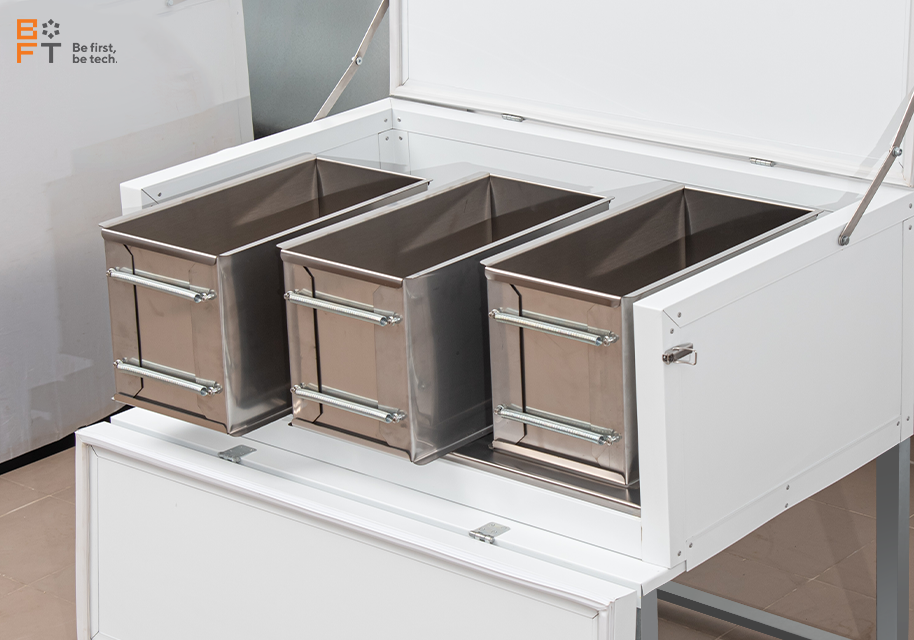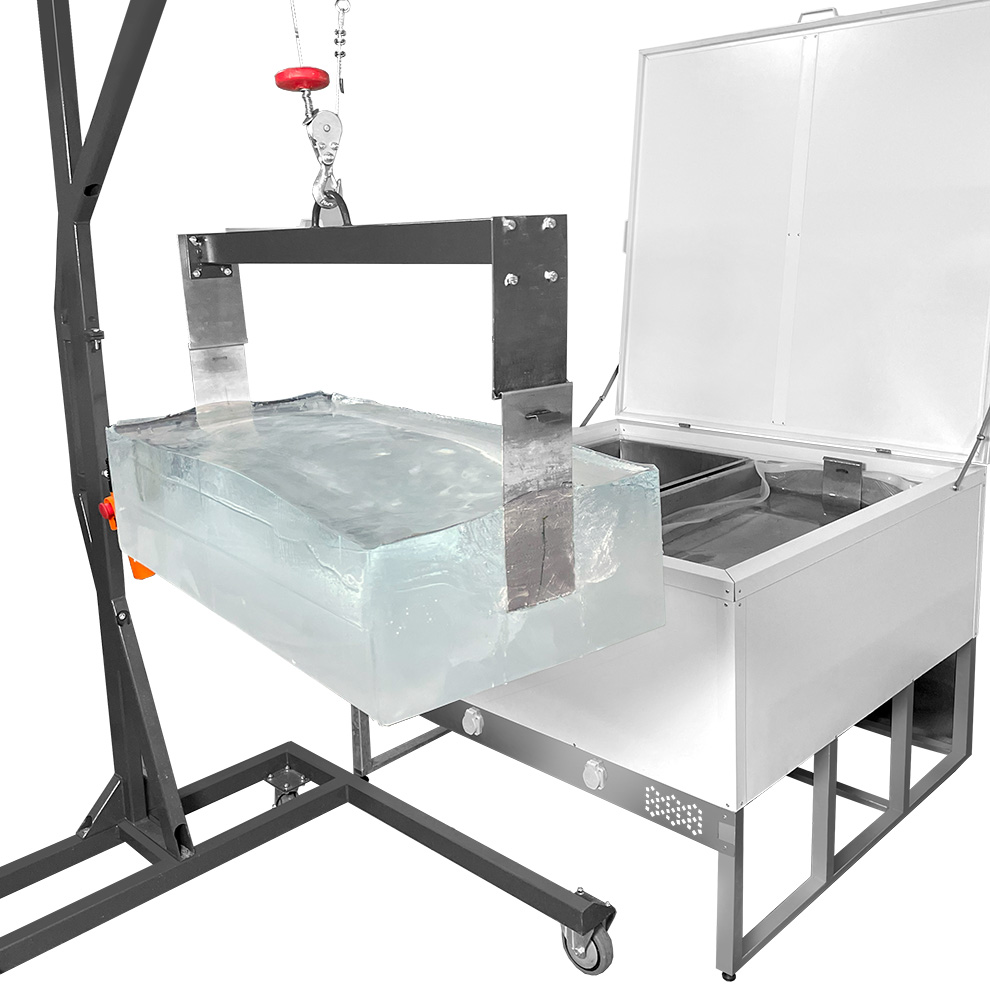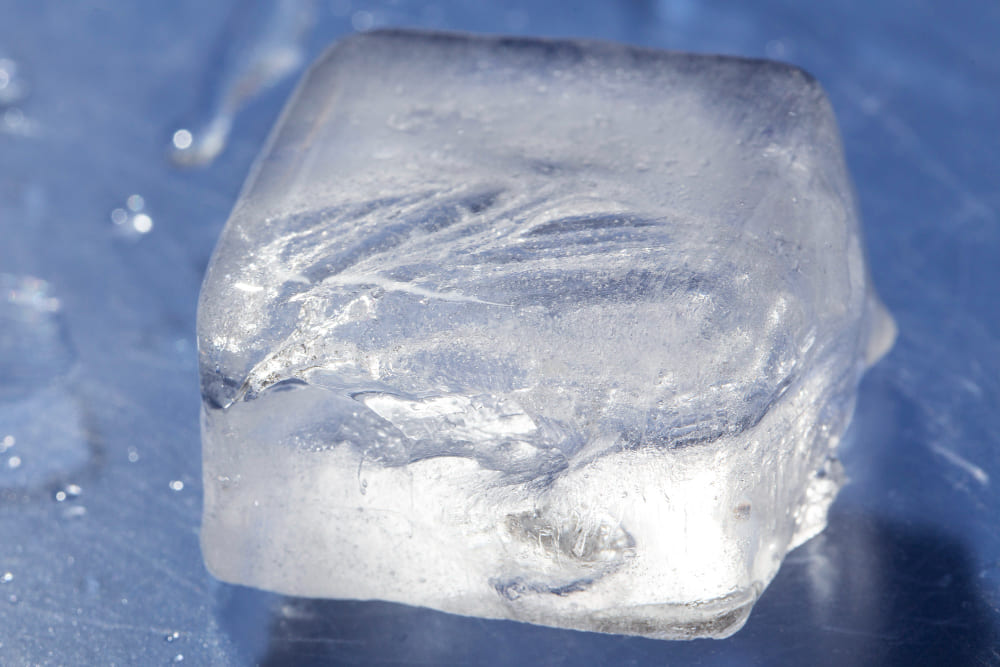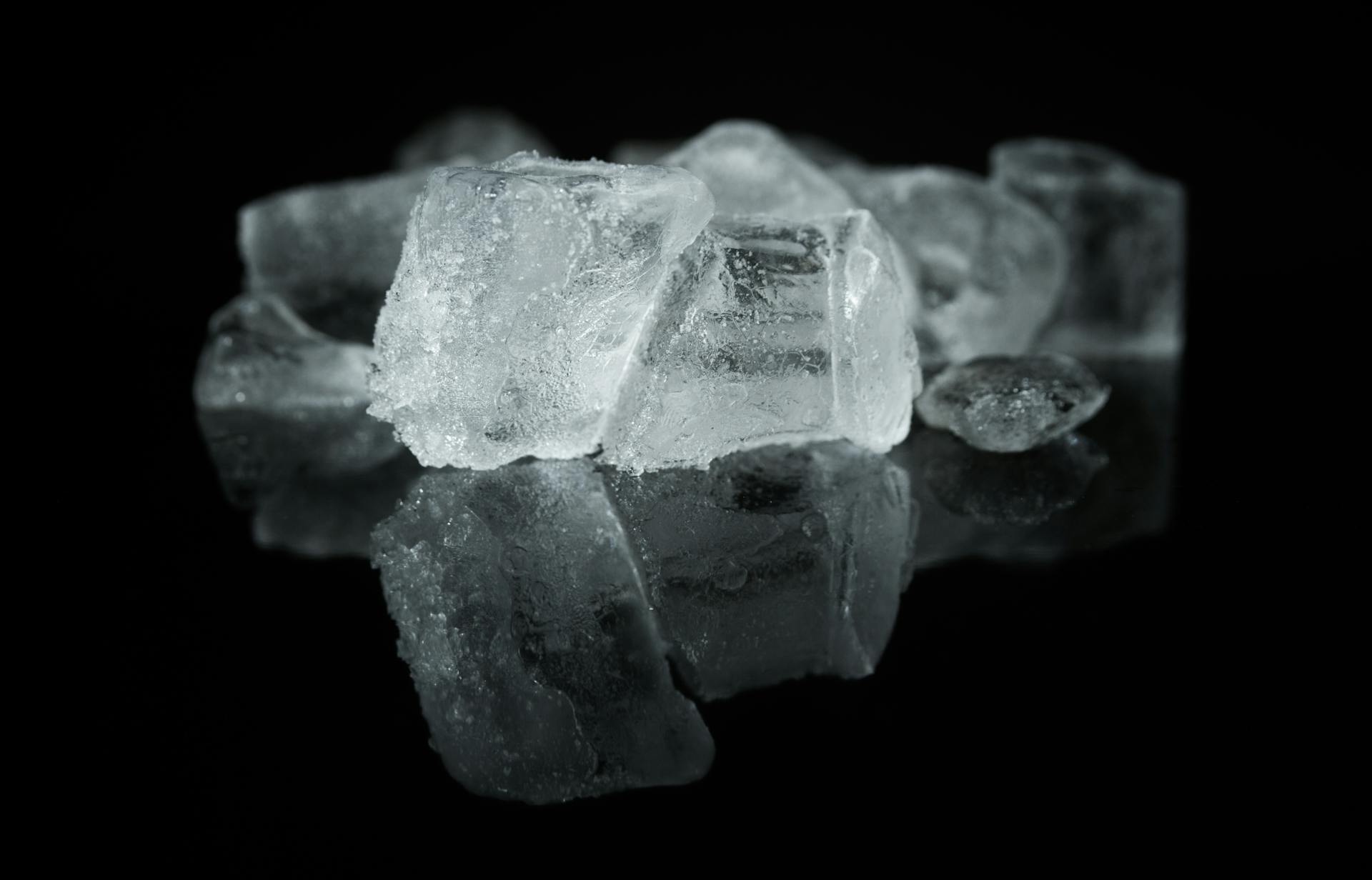How To Clean an Ice Maker: a Step-by-Step Guide
A dirty ice machine is the worst thing that can happen to your ice, adversely affecting its appearance, taste, and smell. Moreover, it can become home to bacteria and make your ice hazardous to health. And if you’re a restaurant owner, dirty ice makers can result in fines and penalties.
Regardless of your motivation behind making your ice maker cleaner, one thing is sure: cleaning your device or machine regularly is extremely important. While you can invite a cleaning company and entrust it all to cleaning experts, the process is quite straightforward. If you’ve decided to clean your ice maker on your own, stay with us. This guide provides steps on how to clean ice machines of different types.
The Importance of Cleaning Block Makers
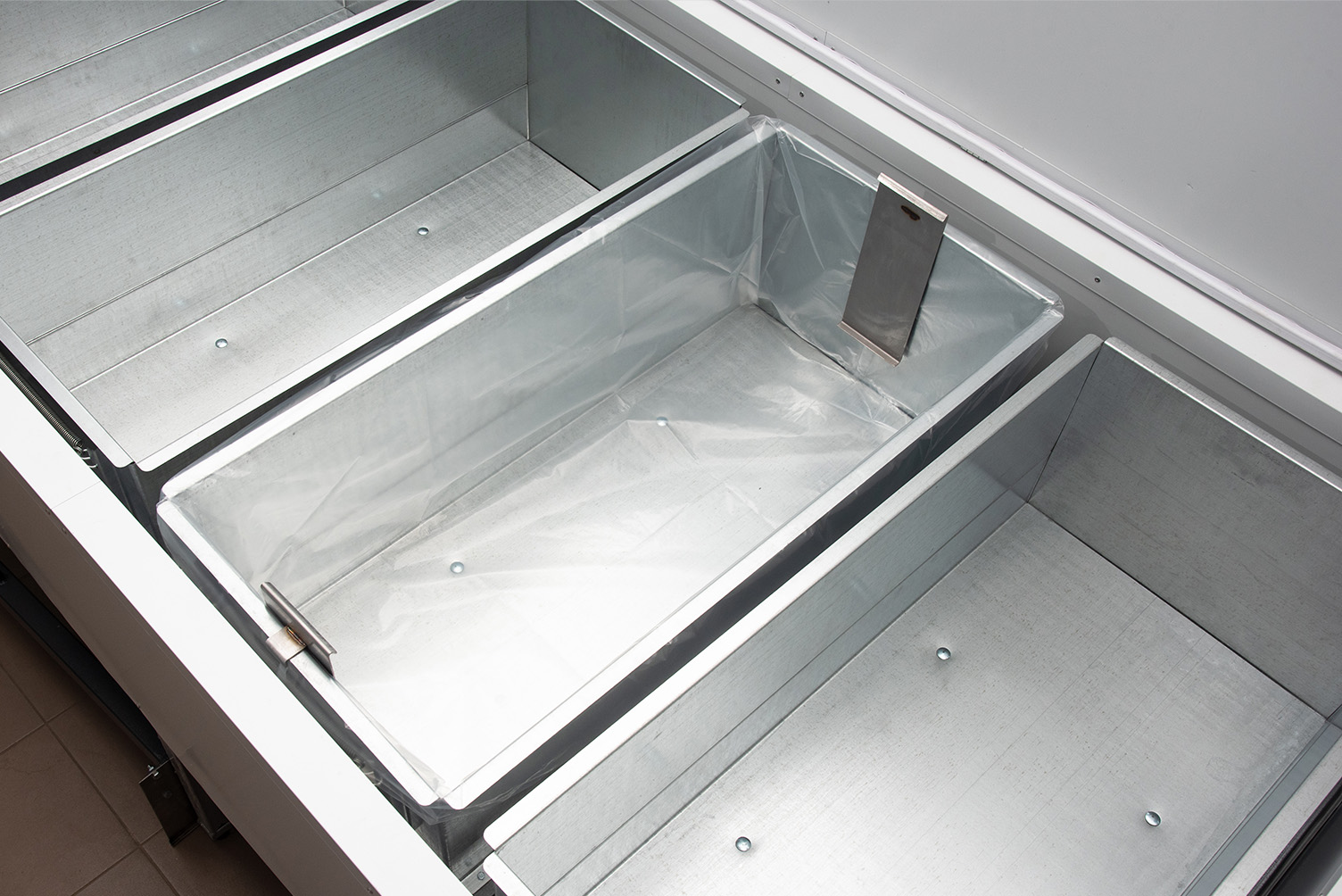
Before delving into the secrets of how to clean an ice-maker machine, let’s take a deeper look at why it’s so crucial to clean your ice-making equipment.
The Impact of Proper Cleaning on Ice Quality and Safety
Regular cleaning of ice machines is imperative to ensure the quality and safety of the ice. Over time, various impurities, such as mineral deposits, bacteria, mold, and algae, can accumulate in the ice maker.
These contaminants can adversely affect the ice’s taste, odor, and appearance. Furthermore, such an ice machine becomes fertile ground for bacteria development, creating a severe health risk to consumers.
Hygiene Standards and Regulations for Ice Makers
Most countries have regulations setting guidelines for the cleanliness and sanitation of food service equipment, including ice makers. Incompliance can result in fines, legal consequences, and even the closure of establishments.
Benefits of Regular Maintenance for the Longevity of the Machine
In addition to ensuring ice quality and safety, regularly cleaning an ice machine directly affects its longevity. The accumulation of mineral deposits and debris within the machine’s components can hamper its performance, decreasing efficiency and leading to potential breakdowns.
How To Clean a Portable Ice Maker
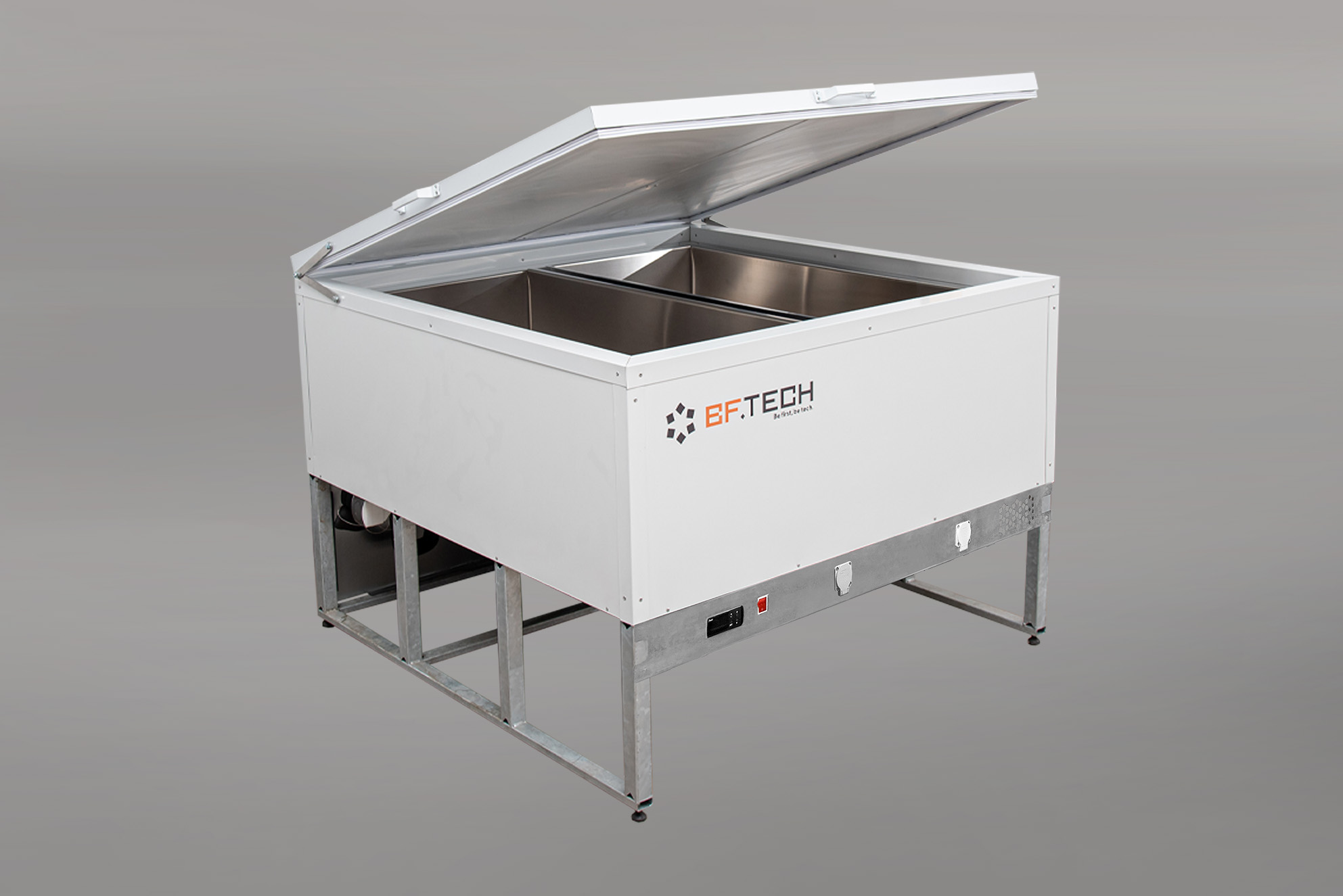
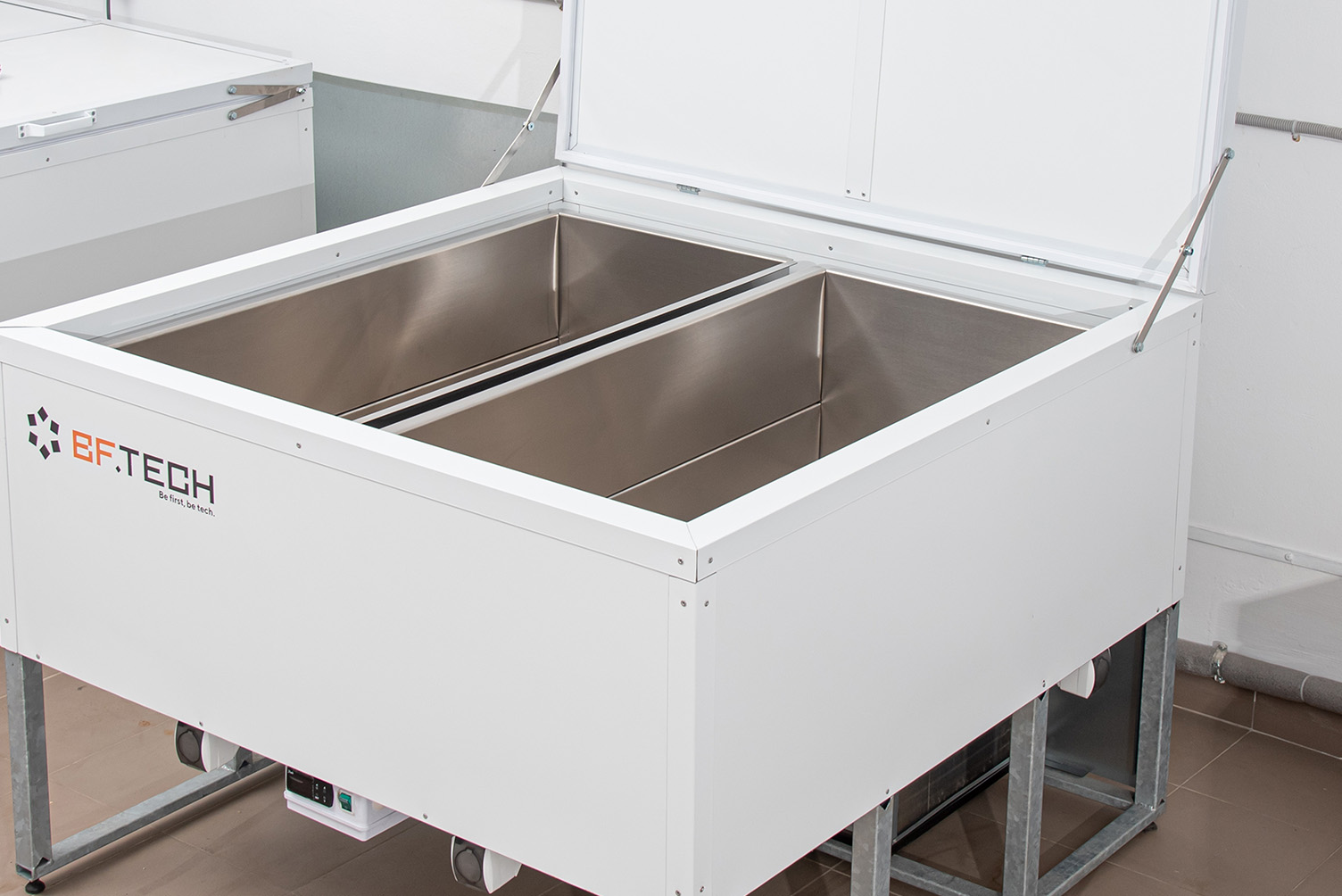
Here are a few simple steps to clean a portable ice maker, ensuring optimal performance and hygienic ice production.
Step 1. Emptying and Disconnecting the Ice Maker
Before you start the cleaning process, it’s crucial to empty the ice maker and disconnect it from the power supply. Also, remove any remaining ice from the ice bin and discard it.
Step 2. Cleaning the Ice Bin and Internal Components
Wash the ice bin with warm water and mild dish soap, paying close attention to corners, crevices, and other hard-to-reach areas. Use a soft brush or sponge to get rid of any stubborn stains or deposits. Finally, rinse the ice bin thoroughly and let it air dry.
Next, clean the internal components of the ice maker. It’s best to refer to the manufacturer’s instructions for specific guidance on accessing and cleaning these parts. Generally, you can use a cloth or sponge dampened with soapy water to wipe down the inside surfaces of the device. Rinse the surfaces with clean water and ensure they’re absolutely dry before proceeding to the next step.
Step 3. Descaling and Sanitizing a Portable Ice Maker
Descaling is an essential step in removing mineral deposits that can accumulate over time, affecting the performance and cleanliness of the ice maker. Again, it’s best to consult the manufacturer’s instructions to determine the recommended descaling method for your portable ice maker.
After descaling, sanitize the ice maker to eliminate any remaining bacteria or germs. Use a solution of mild bleach and water, wiping down the surfaces with a soaked cloth. Rinse the surfaces thoroughly to remove any traces of bleach.
How To Clean a Freezer Ice Maker
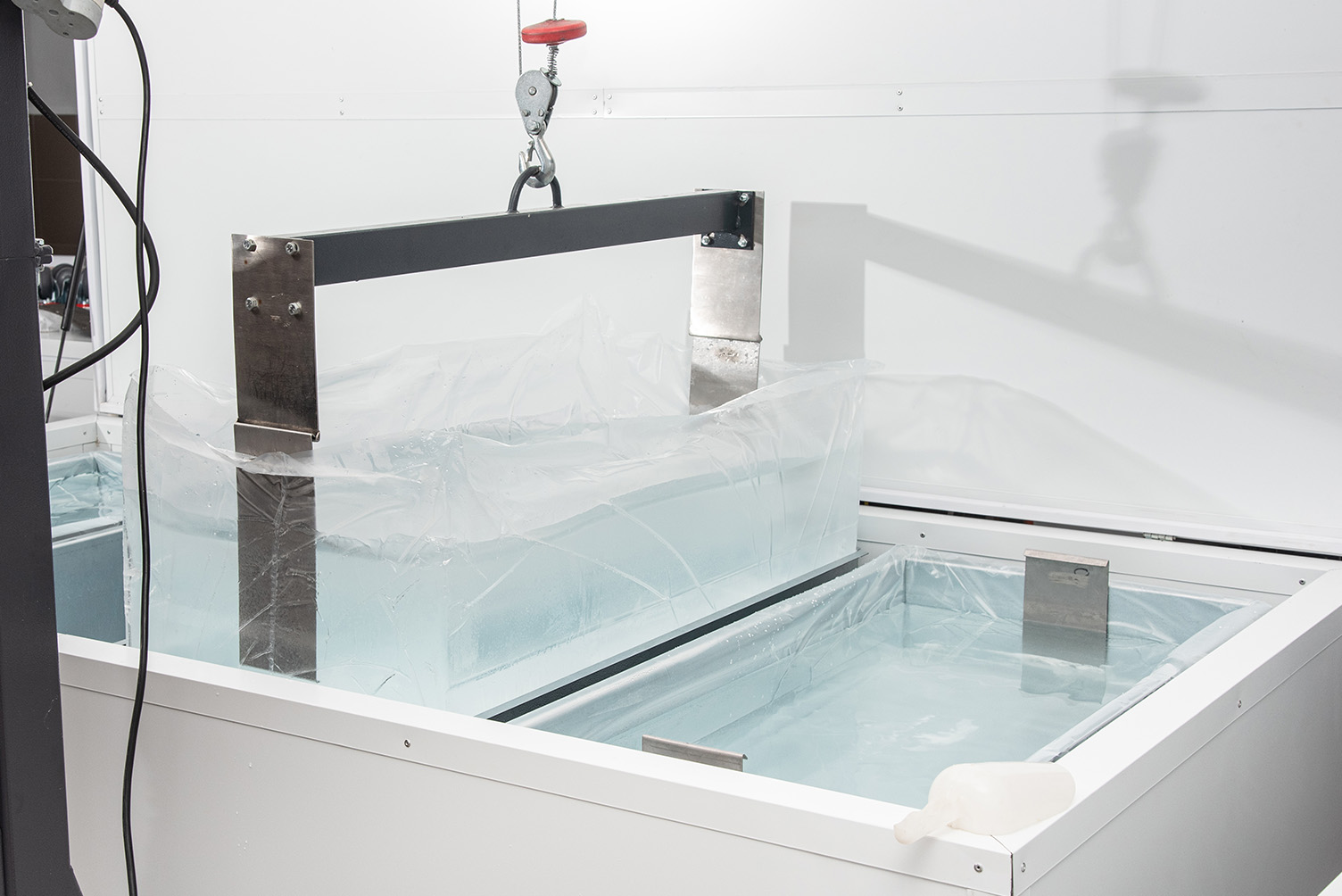
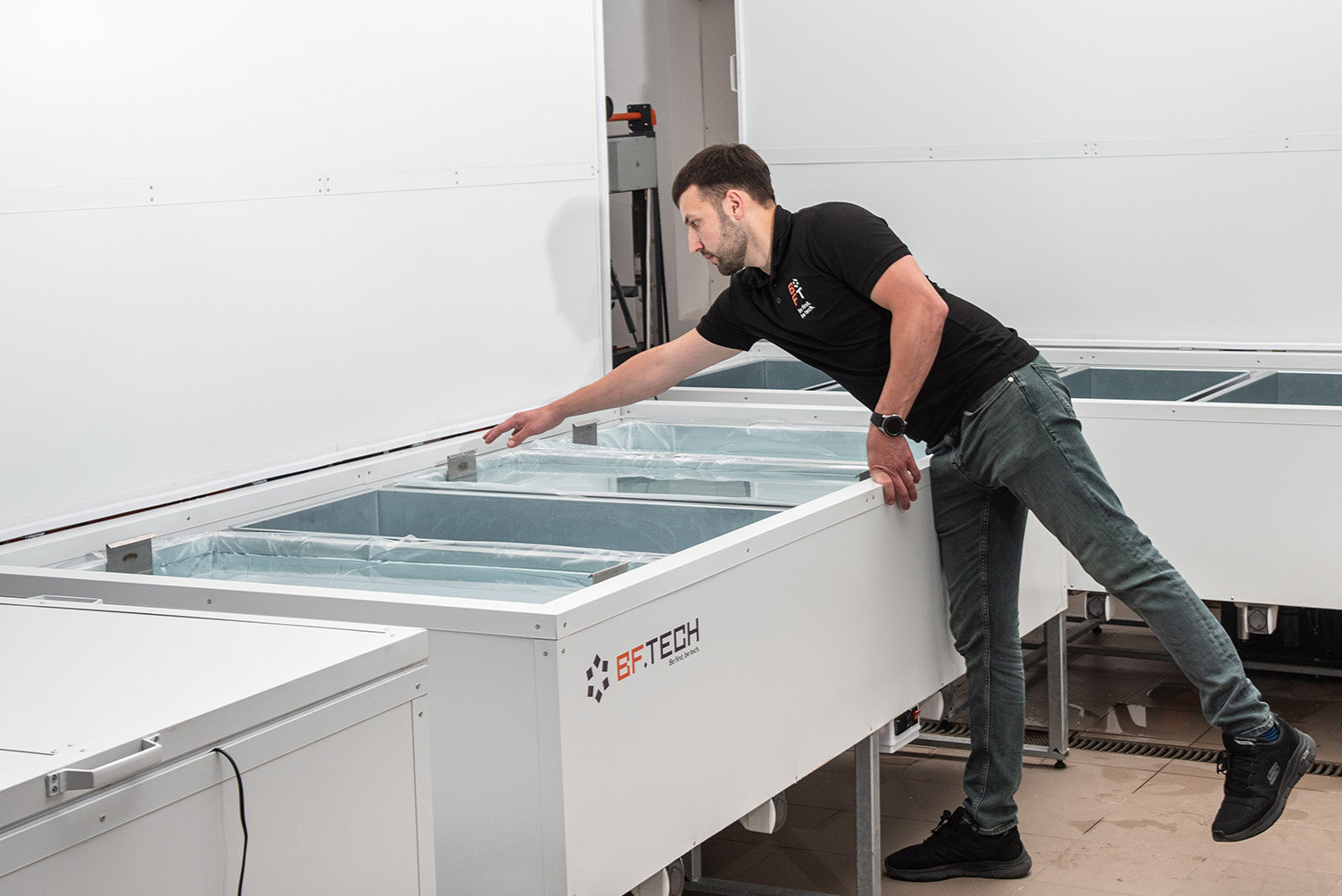
Cleaning a Commercial Ice Maker
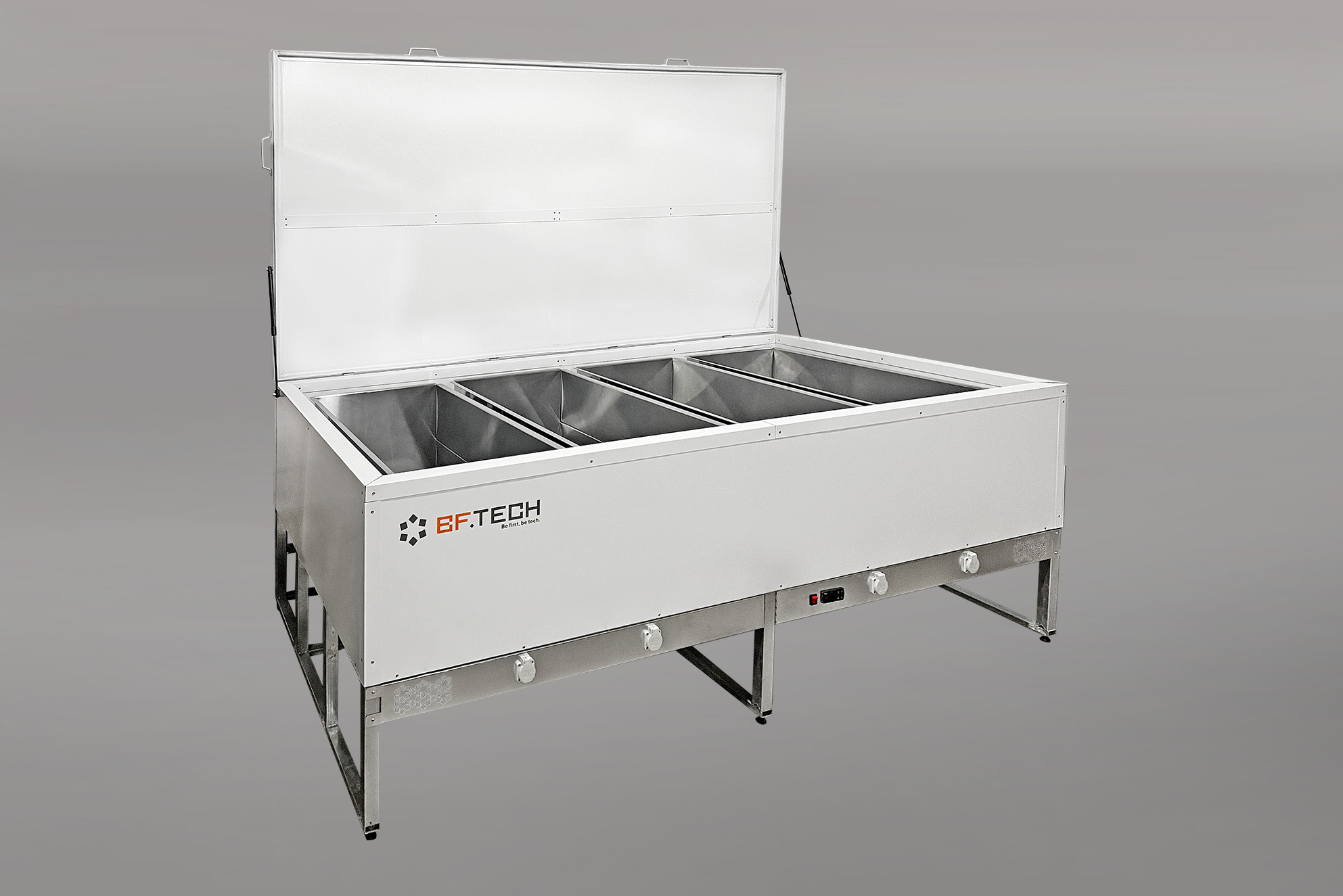
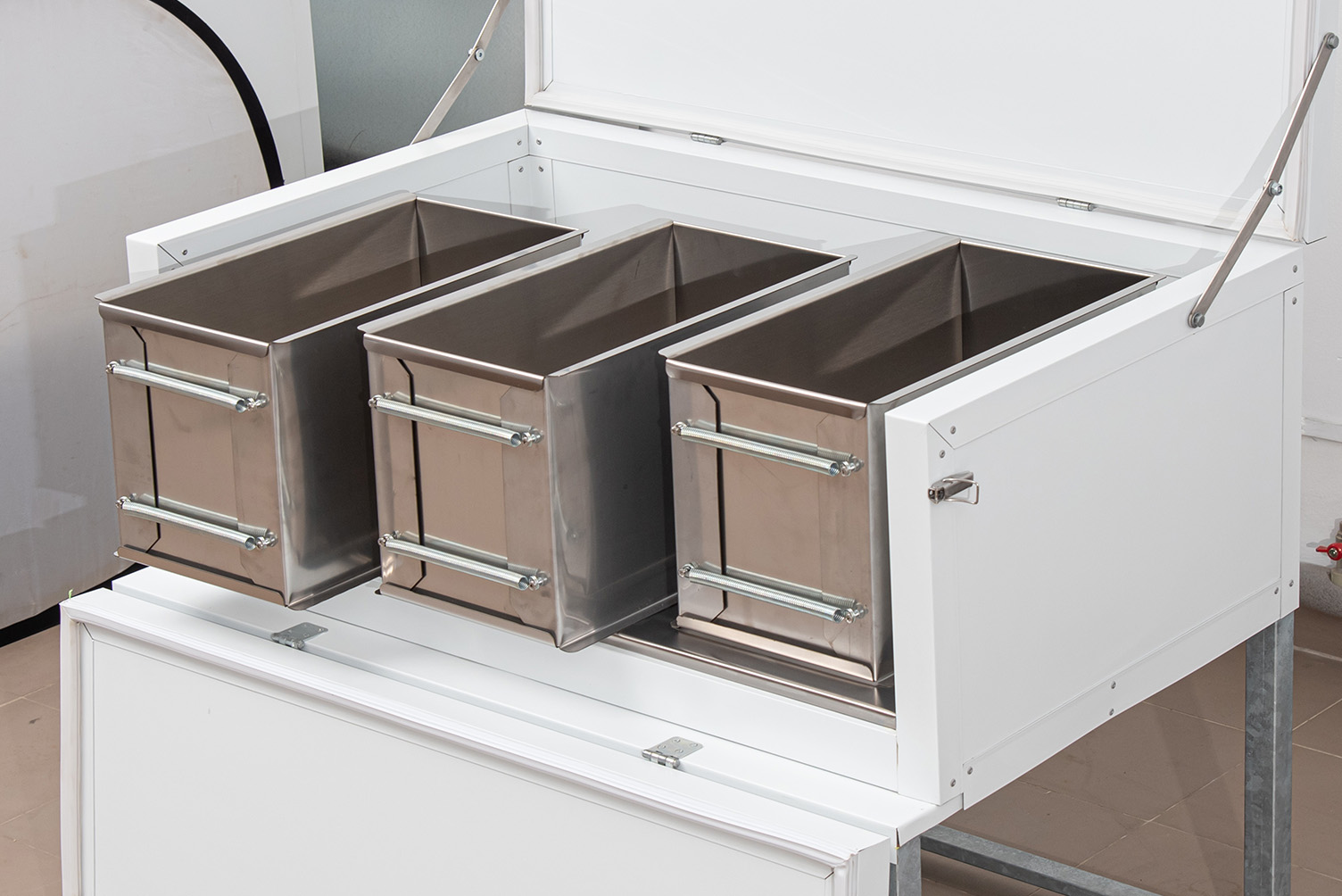
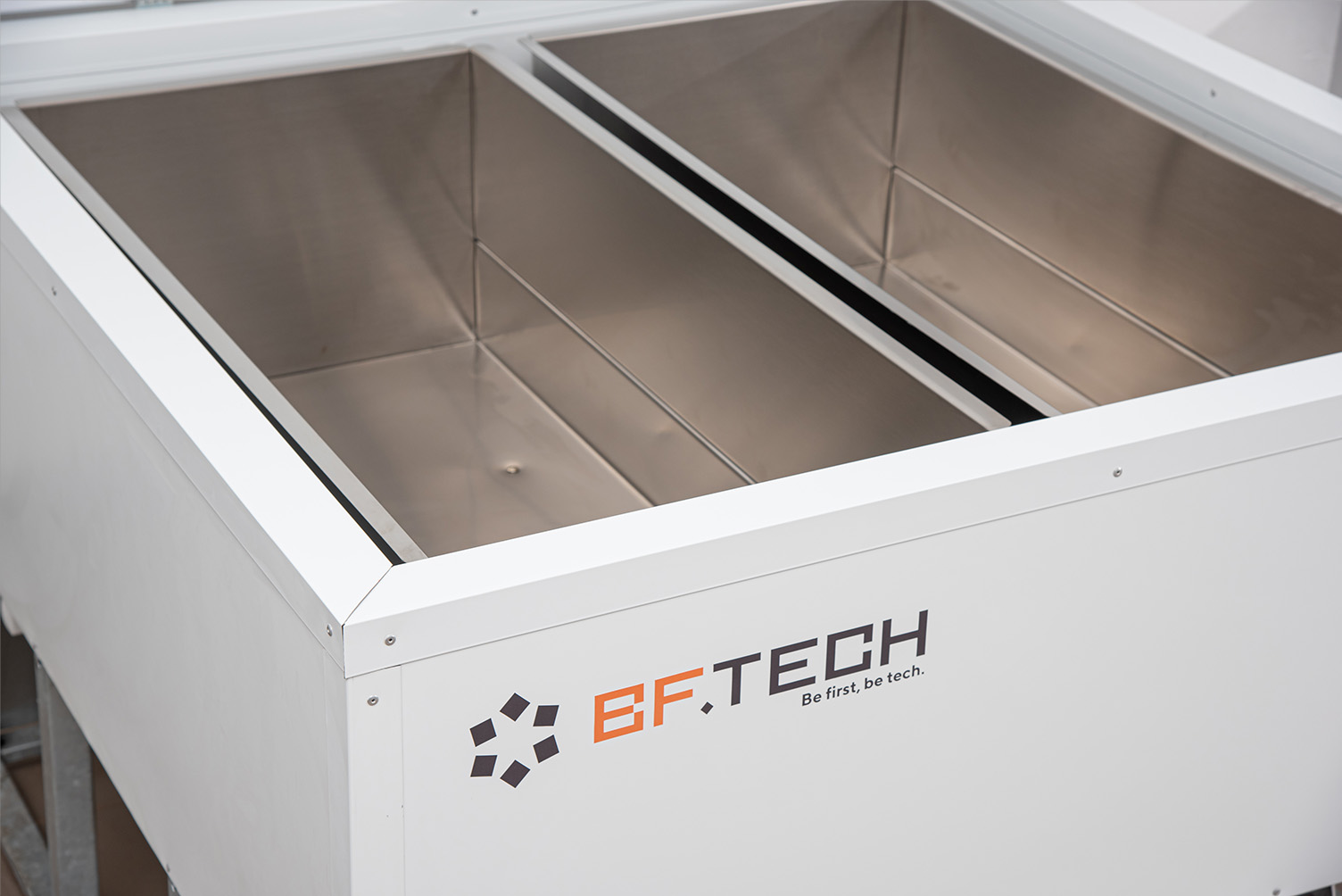
Freezer ice makers are commonly found in refrigerators and serve as a convenient source of ice for everyday use. Let’s explore the cleaning steps to help you maintain the quality and cleanliness of the ice.
Step 1. Turning Off the Ice Maker and Disconnecting Power
Before beginning the cleaning procedure, turn your ice maker off. Alternatively, you can unplug the fridge from the power source.
Step 2. Removing and Cleaning the Ice Bin and Tray
Next, carefully remove the ice bin or tray from the freezer ice maker. Empty any remaining ice and discard it. Wash the ice bin or tray thoroughly with a warm cleaning solution of water and mild dish soap, using a soft brush or sponge to scrub away any residue, stains, or buildup. Lastly, rinse the ice bin or tray and let it air dry.
Step 3. Sanitizing the Freezer Ice Maker and Reassembling It
To sanitize the freezer ice maker, prepare a mild bleach and water solution, following the manufacturer’s instructions. Dampen a cloth or sponge with the sanitizing solution and wipe down the internal surfaces of the ice maker. Afterward, rinse the surfaces with clean water.
Once the ice bin or tray is completely dry, reassemble it into the freezer ice maker. Ensure that it is properly aligned and securely in place. Turn on the ice maker or plug the refrigerator into the power source.
Regular cleaning of commercial ice makers is crucial to ensure the production of safe and clean ice, maintain their optimal performance, and comply with hygiene standards. Here’s how the commercial ice machine cleaning takes place.
Step 1. Shutting Off the Power and Water Supply
Before cleaning an ice maker, turn it off and shut off the water supply.
Step 2. Disassembling and Cleaning Removable Components
Commercial ice makers often have removable components that require individual cleaning. Carefully disassemble these parts according to the manufacturer’s instructions. Common removable components include the ice bin, water distribution system, ice scoop, and other parts specified in the user manual.
Clean these parts with warm detergent and water solution, using a soft brush or sponge to remove debris and residue. Rinse each component with clean water and let them air dry.
Step 3. Descaling, Sanitizing, and Reassembling the Commercial Ice Maker
Descaling allows you to remove mineral deposits and scale that can affect the machine’s performance. Follow the manufacturer’s instructions to determine the appropriate descaling method for your specific model. Descaling generally involves using a descaling solution or a mixture of food-safe citric acid and water. You need to run the solution through the ice maker’s water system, ensuring it reaches all relevant parts.
After descaling, sanitize the commercial ice maker using a food-safe sanitizing solution. Wipe down the internal surfaces of the ice maker, including the water reservoir, ice-making components, and any other accessible areas. Finally, rinse the surfaces with clean water.
Once all the components are dry, reassemble the commercial ice maker according to the manufacturer’s instructions. Turn on the power and water supply, and allow the ice maker to run for a few cycles to flush out any remaining cleaning or sanitizing solution.
How To Clean an Ice Block Maker
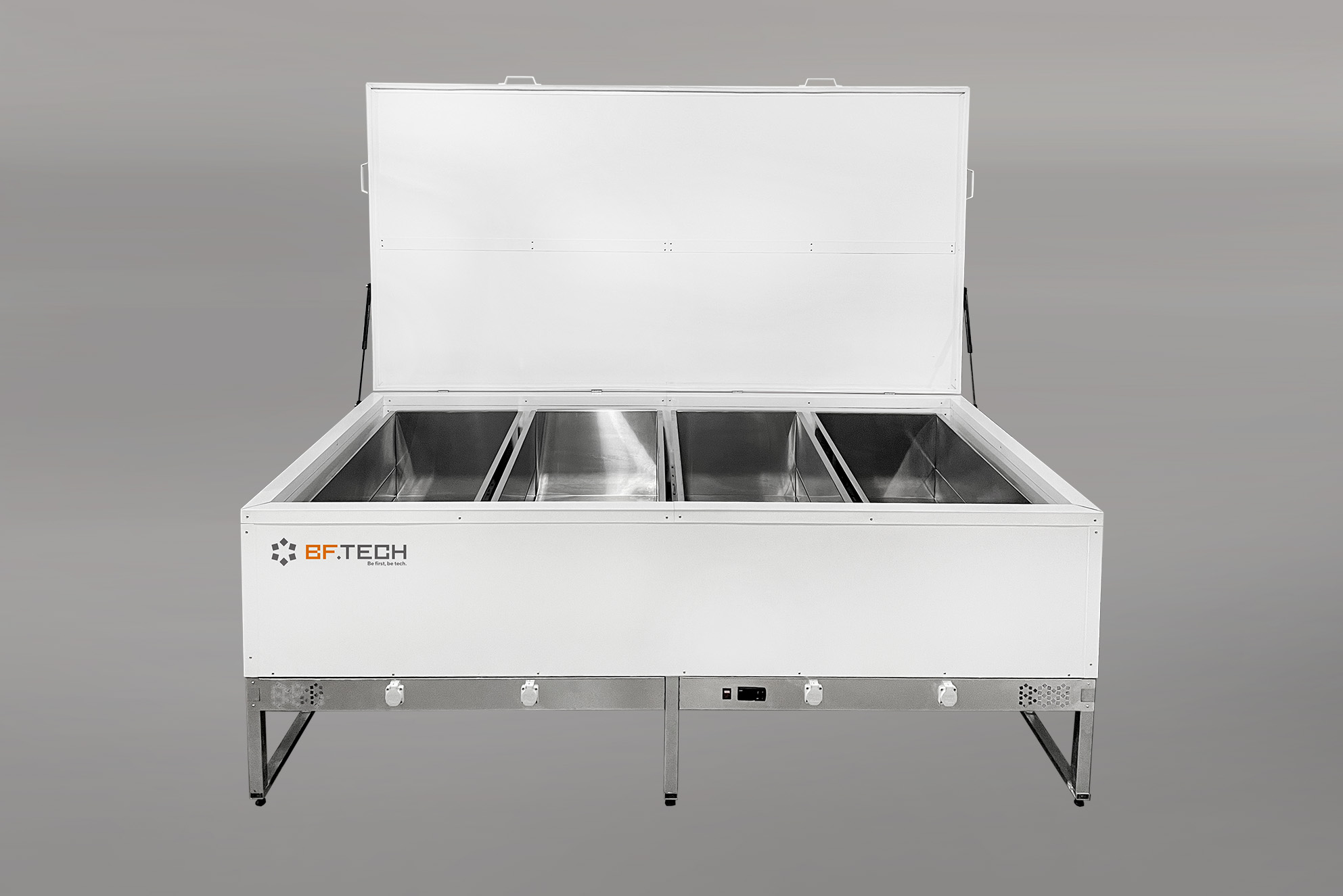
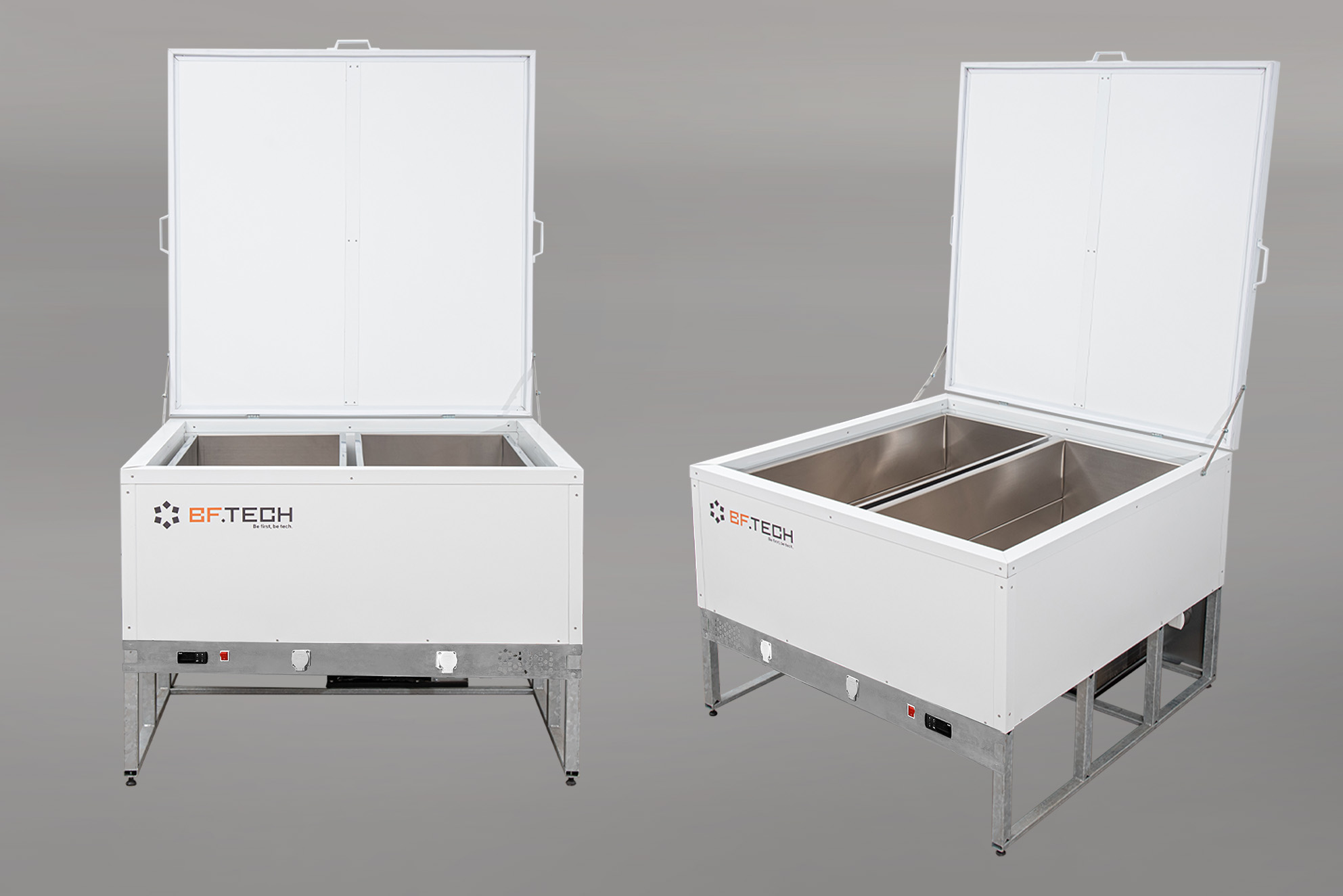
Although it can be time-consuming, ice block machine cleaning is a relatively simple process. Let’s explore the steps to take.
Step 1. Emptying and Disconnecting the Ice Block Maker
Before cleaning your dirty ice maker, empty it of any remaining ice blocks, dispose of them or store them in a clean and sanitary location. Also, disconnect the ice block maker from the power source.
Step 2. Cleaning the Exterior and Interior Surfaces
Start by cleaning the exterior surfaces of the ice block maker. Use a cloth or sponge and mild, non-abrasive cleaning products to wipe down the outer casing, control panel, and other accessible surfaces. After that, rinse the surfaces with clean water and dry them thoroughly.
Then, use a soft brush or sponge dampened with warm water and mild detergent to wash the inside of the ice block maker. Scrub gently to remove any residue or buildup, paying particular attention to corners, crevices, and areas where debris may accumulate. Lastly, rinse the interior surfaces and allow them to air dry.
Step 3. Sanitizing and Maintaining the Ice Block Maker
Sanitize your ice block maker using a sanitizing solution. Apply it to the interior surfaces of the ice block maker, including the ice molds or freezing chambers, following the recommended contact time. Rinse the surfaces thoroughly.
In addition, it’s crucial to follow specific maintenance instructions provided by the manufacturer. This may include lubricating moving parts, inspecting seals or gaskets for wear or damage, and checking for any signs of leakage or malfunctions. Regular maintenance is key to long-term performance and efficiency of block ice makers.
Tips for Cleaning All Types of Ice Machines
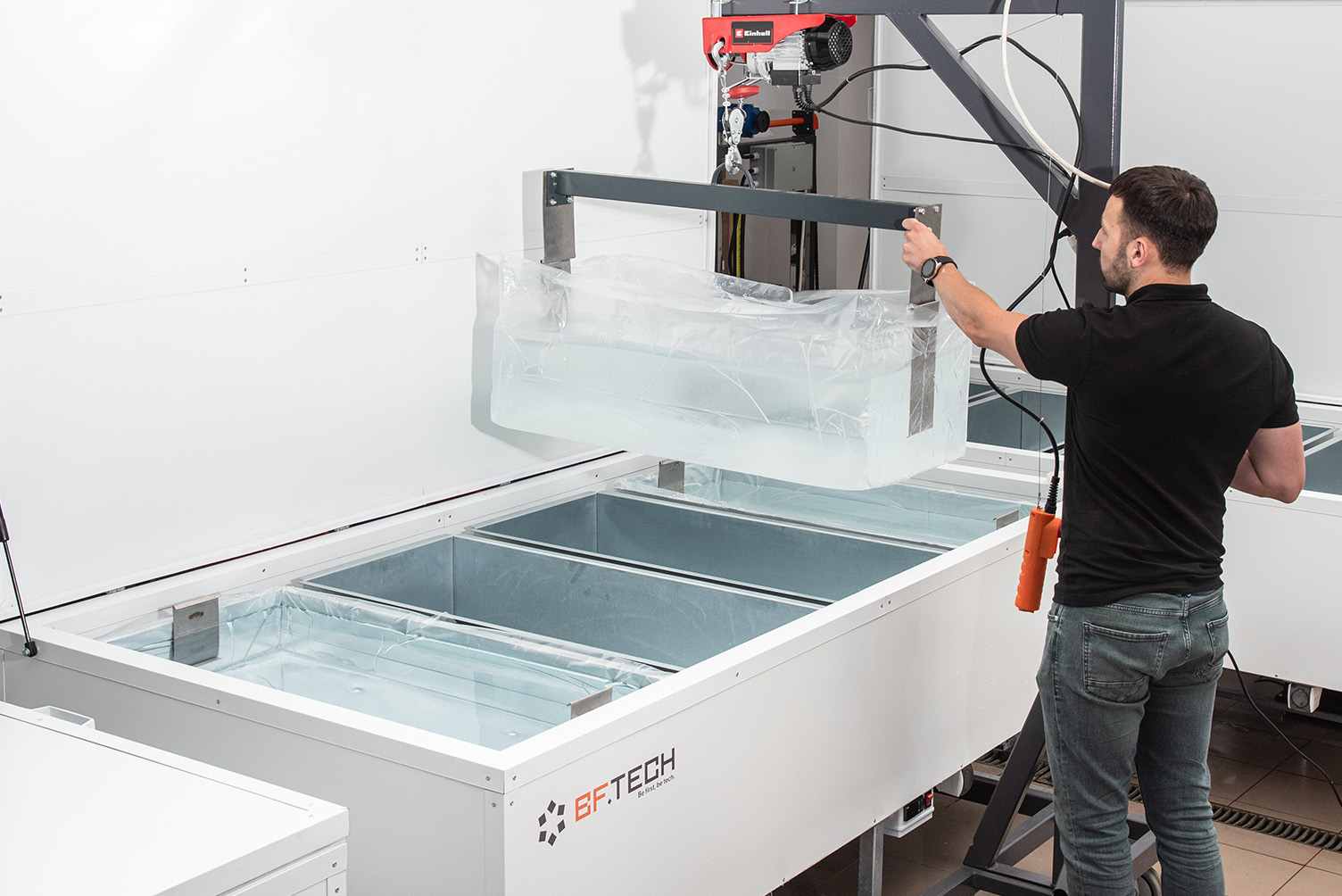
Regardless of the type of ice machine, proper cleaning and maintenance are vital for ensuring the production of clean and safe ice. Here are some valuable tips to help you maintain your ice machine’s hygiene, efficiency, and longevity.
Regular Cleaning Schedule and Frequency
Establishing a regular cleaning schedule is crucial for keeping your ice machine in optimal condition. The frequency of cleaning should depend on the machine’s usage, water quality, and the manufacturer’s recommendations.
In general, it’s recommended to clean and sanitize the ice machine at least once a month. However, some high-usage environments may require more frequent cleaning. By sticking to a consistent cleaning schedule, you can prevent the buildup of mineral deposits, mold, and bacteria.
Proper Storage and Handling of Ice
Proper storage and handling of ice are as important as cleaning an ice machine. Always use clean, food-grade ice bins or containers to store the ice. Also, avoid touching ice with bare hands and always use sanitized tongs.
Troubleshooting Common Issues and Maintenance Checklist
Understanding potential issues can help prevent major problems and extend the lifespan of the machine. Create a maintenance checklist specific to your ice machine model, following the manufacturer’s instructions. This checklist may include checking water filters, inspecting and cleaning condenser coils, ensuring proper water flow, lubricating moving parts, and monitoring the machine’s overall performance.
Conclusion
Cleaning an ice maker helps ensure the production of clean and safe ice while maintaining the efficiency and longevity of the machine. Although you can hire a professional cleaning company, it’s easy to learn how to clean an ice maker on your own by following a few simple steps. Regardless of the type of ice maker, the cleaning methods remain similar.
FAQ
How to clean an ice maker machine?
The best way to clean an ice maker is to follow the manufacturer's instructions. This usually involves emptying the ice bin, cleaning the removable components with warm water and mild detergent, descaling if necessary, sanitizing the interior surfaces, and reassembling the ice maker.
How to clean an ice maker in the fridge?
Start by emptying the ice bin and disconnecting the power. Remove the ice bin and clean it with water and dish soap, using a soft brush or sponge to remove any residue. Then, wipe down the interior surfaces with a cloth dampened with the same solution. Rinse thoroughly and let it dry before reassembling the ice maker.
How to run a clean cycle on an ice machine?
Running a clean cycle on an ice machine will vary depending on the model, so it's best to refer to the manufacturer's instructions. It typically involves adding a solution of water and citric acid to the water reservoir and allowing the machine to run a cycle. After the cleaning cycle, rinse the machine thoroughly with clean water.
Should I clean an ice machine?
Yes, it is important to regularly clean an ice machine. Regular cleaning helps remove mineral deposits, scale, bacteria, mold, and other contaminants that can adversely affect the quality and safety of the ice. Moreover, cleaning helps maintain the efficiency and longevity of the ice machine.
